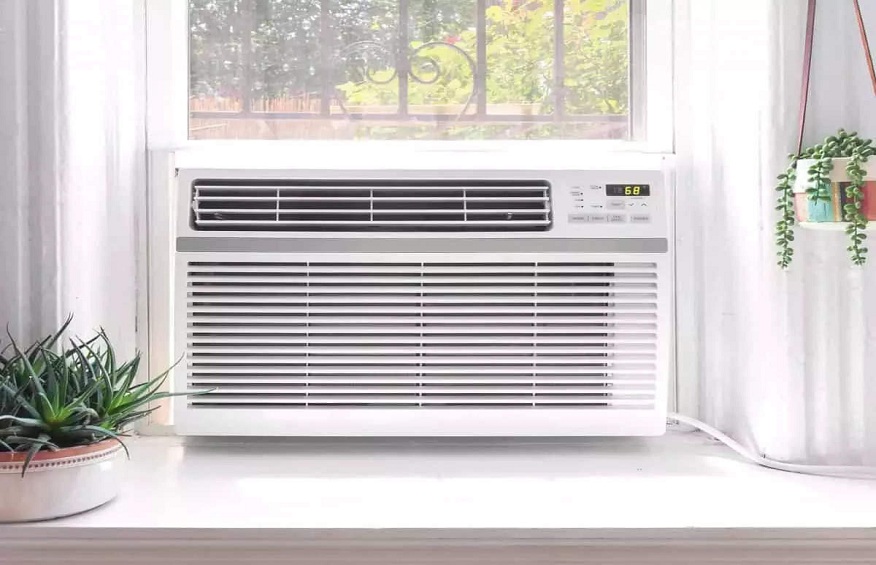Carbon monoxide (CO) poisoning is a concerning threat often associated with gas-powered appliances, and surprisingly, air conditioners can also pose a risk. Understanding this potential danger is crucial for homeowners. When air conditioning systems aren’t properly maintained or installed, they can become a source of CO leakage. This colorless, odorless gas can accumulate indoors, leading to serious health issues or even fatalities.
Preventing CO poisoning from your air conditioner involves proactive measures and regular maintenance. Ensure your system is installed correctly by a qualified technician, and schedule annual inspections to check for leaks or other issues.
Causes and Sources of Carbon Monoxide Emissions
Combustion Appliances and HVAC Systems
In our exploration of carbon monoxide (CO) emissions, it’s crucial to pinpoint the origins. Combustion appliances such as gas stoves, furnaces, fireplaces, and HVAC systems play a pivotal role in CO production. Identifying these sources is imperative, as they can quietly release CO into your living spaces. Moreover, faulty HVAC units can significantly contribute to CO emissions by failing to effectively vent or burn fuel, allowing dangerous CO levels to accumulate within your home.
Poor Ventilation and Blocked Airflow
Ventilation isn’t merely about comfort; it’s a matter of paramount safety concern. Understanding the importance of proper ventilation is the first step in mitigating CO risks. When ventilation is compromised, CO can accumulate indoors, posing serious health hazards. Common obstructions like clogged vents, debris buildup, or blocked chimneys can impede the airflow necessary to expel CO safely. Recognizing and rectifying these airflow issues are vital in safeguarding against carbon monoxide poisoning, ensuring a safer and healthier environment for you and your loved ones.
Detecting Carbon Monoxide Poisoning
The Importance of Early Recognition
In home safety, recognizing the subtler signs of carbon monoxide (CO) exposure is paramount. The need for prompt diagnosis cannot be overstated, as CO poisoning can have severe and even fatal consequences. From persistent, unexplained headaches often mistaken for common ailments to the nagging sensation of nausea that might come and go without apparent cause, these subtle symptoms are often the earliest indicators of CO presence. Being attuned to these signals is not just a matter of comfort; it can be a genuine lifesaver.
Monitoring Carbon Monoxide Levels
Elevating your home’s safety quotient involves installing reliable CO detectors and alarms. With their sophisticated sensors, these vigilant guardians continually monitor the air quality and serve as the first line of defense against CO-related threats. When a CO alarm goes off, it’s not a moment for panic but for calculated action. Knowing the steps to take in such a situation can make all the difference. Swiftly ventilating the area, evacuating if necessary, and contacting emergency services are crucial steps. Preparedness and familiarity with these procedures can be the thin line between a close call and a potentially hazardous situation.
Prevention and Maintenance
Routine HVAC Inspections and Servicing
Regular HVAC maintenance is essential for the safety of your home. Over time, air conditioning units can develop issues that may lead to carbon monoxide leaks, putting your family at risk. To ensure your system runs smoothly and efficiently, scheduling routine inspections by a qualified technician is crucial. These professionals have the expertise to identify and address potential problems before they escalate. When searching for a technician, look for certifications and customer reviews to find someone reliable and trustworthy.
Enhancing Ventilation and Airflow
Improving airflow and ventilation in your home is another critical aspect of preventing carbon monoxide poisoning. Proper circulation helps disperse any potential carbon monoxide buildup. Simple strategies, such as regularly cleaning and replacing air filters, can go a long way in enhancing air quality. Additionally, be vigilant about clearing any obstructions near vents or exhaust outlets, as these can impede fresh air flow. When consistently practiced, these measures contribute to a safer and healthier indoor environment.
Safety First
Educating Your Household
Familiarize your loved ones with the dangers associated with carbon monoxide (CO) by engaging in open and honest discussions about the risks it poses within your home. Ensure everyone understands the potential sources of CO, such as gas appliances, heating systems, and even idling cars in attached garages. Educate them about the importance of regular maintenance for these appliances to minimize CO emissions. Develop a clear emergency plan outlining the steps to take in case of a CO incident, including immediate evacuation, alerting emergency services, and seeking medical attention if necessary.
Being Prepared for the Unexpected
Build a comprehensive CO safety kit, including a portable CO detector with fresh batteries, a flashlight, and a list of emergency contacts. Place the CO detectors strategically throughout your home, especially in sleeping areas and near potential sources of CO. Familiarize yourself with your detectors’ alarm sounds and warning signals so you can recognize them in an emergency. In a CO emergency, prioritize safety by evacuating your family from the affected area and ventilating the space by opening doors and windows. Only re-enter the premises once it has been declared safe by professionals. By following these straightforward guidelines, you can significantly reduce the risk of CO poisoning and safeguard your family’s well-being.In conclusion, understanding the risk of carbon monoxide poisoning from air conditioners and taking preventative measures is paramount. By educating your household, maintaining your HVAC system, and being prepared for emergencies, you can ensure the safety and well-being of your loved ones.
Publisher’s Details:
ICE Heating & Cooling
2620 Regatta Dr Suite 102, Las Vegas, NV 89128
(866) 460-4372
iceaclv.com
info@iceaclv.com
When discussing the risks of carbon monoxide poisoning related to air conditioners, ensuring your AC system is functioning safely and efficiently is essential. For this reason, it’s wise to explore 5 Reasons Why You Should Invest In Professional AC Repair Services. ICE Heating & Cooling is renowned for their expertise in AC repair services in Las Vegas, NV, offering the best solutions to keep your system in top condition

